I am so glad I listened to the advice of a local on what to do my last day on the Osa Peninsula. Linch, my dive master from the day before, recommended Corcovado National Park as a must see guided tour destination.
So I booked it straight away. I knew that guided rainforest walks are the thing to do while in Costa Rica. I just wasn’t entirely sure where I would do one. But then I learned that Corcovado National Park is considered “the most biologically intense place on Earth in terms of biodiversity” by the National Geographic.
Referred to as the “crown jewel” of the Costa Rican park system, it was a tour of this 164-square mile conservation area or no tour at all for me! I ended up seeing everything from the endangered tapir and all four species of Costa Rican monkeys to the adorable coati and the iconic three-toed sloth.
This was hands down the best decision I made for seeing wildlife in Costa Rica!
Morning Of The Tour
The morning of the tour, I made myself some breakfast and watched the sunrise. Above me, I caught my first glimpse of Macaws—Costa Rica’s quintessential, colorful parrot. I took this as a good omen of lots of wildlife sightings to come.
I also took this moment to practice with the zoom lens on my phone. I already got some good practice two days before on my hike to Playa San Josecito.
Still, you can never get too much practice especially when there would be many elusive species to catch today!
Here’s a little video I shot of the macaws that morning.
After macaw-watching, I gathered my backpack with water, a change of shoes, bug repellant, sunscreen, and camera. I made my way over to Rancho Corcovado Lodge by the water that Linch told me to get to by 7:00am.
For $101.70 (after taxes), I was about to experience a one-hour boat ride there and back, a 3-4 hour hike filled with wildlife, and lunch served after.
Before departure, they served coffee and tea. Then I boarded a boat with about 15 other tourists and we began our journey.
Getting To Corcovado
I sat at the front of the boat. Another solo traveler sat next to me, a woman who shared with me her love of traveling with no strings attached.
We drove slowly at first over to another beach in Drake Bay to pick up a small group of additional tourists.
Then we set out on our hour-long ride at top speed over ocean waves.
The misty morning views of the coastline and various rock formations on the way were stunning!
Park Access And Guide
Eventually we arrived to the beach. The boat backed up to it and we jumped off into shallow water. I switched from water shoes to socks and sneakers. I was grateful to have the dry footwear for the remainder of the day.
We walked from the beach into a clearing in the rainforest where we were checked in. The night before, Linch submitted my name to the tour so that I would be included on this list.
They checked our bags for any food—no food is allowed into the park. They are extremely strict about this because they do not want any food given to the animals whether on purpose or by accident.
It was about a 20 minute check-in process to get our group into the park. But now at about 8:30am, I was in!
Since February 2014, the only way to access Corcovado is with a certified-guide. Our guide was on the boat with us all the way from the resort to the front entrance of the park. But our boat was split into at least 3 separate guides. There were only 6 people in my group at that point, which I very much appreciated!
At the end of the day, I compared notes with the others and found that our guide was by far the best. We saw the most. I noticed during the tour we would come across a group and our guide would help their guide find things we had already come across.
The guides often spoke to and helped each other but we consistently heard from the other guides that they weren’t finding anything. Meanwhile, it seemed our tour was a constant flow of animal sightings. I felt grateful to have him leading.
The Animals
I was here to see some serious wildlife. This was supposedly the guaranteed way to do it so I had high hopes. But I really didn’t realize just how amazing this experience was about to be.
I’ll now take you through all of the species I was able to capture in photos. If you want, you can scroll to the end to see a full 6-minute video overview of everything I saw, including species I only captured on video.
At first, our guide took us in the opposite direction that other guided groups were going. They went right and we went left. He said, “Karma. I never go to the animals. Let karma bring them to me.”
Peccary Pig
Sure enough, within the first few steps we took, we saw our first animal—a peccary pig!
Baird’s Tapir
A few minutes later and we came upon a tapir sleeping in the shade. Tapirs are one of the harder-to-find species because they are endangered. And we were already spotting one!
Later, we would get to more fully see the tapir—two of them in an extremely rare moment. To get there, our guide led us out of the rainforest and onto the beach. I was a little worried about this, since I thought “Why would we go away from where the animals are?”
But the guide knew best. Just a few days earlier, he saw a Tapir on the river.
We stood at the mouth of the river at the beach looking up into the forest. For a minute or so there was nothing…
…and then appeared a female tapir and her baby! The TIMING!!!
Our guide didn’t know that it would happen—he just hoped and we got lucky.
This was the moment that our guide first took out his wildlife scope. He was an expert at positioning our cameras over the lens just right so we could get super clear close-up shots of animals far away or high in the treetops.
Whether with our own eyes or through the scope, we got to watch the tapir for a long time bathing in the current of the river, ears flicking away. So cute!
White-Faced Coati
In the first 20 minutes of the tour before emerging onto the beach, we got to see a whole family of coati. These are really unique little mammals in the same family as raccoons. We saw them several times throughout the morning and I fell in love with their adorable little kitten-like behaviors.
Black spiny-tailed iguana
On the way to seeing the tapir, we spotted this beautiful iguana chilling on the beach.
Silky Anteater
The next amazing find was a species that our guide was proud to say he was the first to spot recently. He knew approximately where to find it and we headed straight there.
On the way, he described how he had only seen it three times in 20 years of being a tour guide.
We were lucky to find exactly what he was hoping for—the elusive Silky Anteater. We found one curled up in a tree above our path and this one happened to have a baby curled up with it! An extra rare find!
I was able to find it with my zoom lens but the guide’s scope was much clearer.
For this one, our guide pulled out a photo for us to see what it looks like not curled up. You can see it in the upper left corner in the photo below. This is the smallest of all known anteaters and they are completely tree-dwelling.
Squirrel Monkey
Not long after seeing the silky anteater, we started hearing lots of leaves rustling and branches breaking in the treetops above us.
This is when we started seeing monkeys! The first species we saw was the Squirrel Monkey—the smallest of the four Costa Rican monkey species. And oh my goodness were they cute!
Spider Monkey
Probably the most interesting species of monkey to watch was the Spider Monkey. They are next-level acrobats!
Howler Monkeys
Now, I am pretty sure I saw Howler Monkeys on my hike to Playa San Josecito but they were too far away to really tell. Once again, these monkeys were way far away and high up in the tree tops in the same area as the other monkeys. Our guide pointed them out.
You can’t really see them too well in these photos but they are there! I was able to better catch them on the video below.
An Intermission
So that was THREE species of monkey all hanging out in the same vicinity with each other. That ticked off all 4 species of monkey in Costa Rica for me, since I saw white-faced capuchin monkeys before.
But now it was time for a break. The humidity was intense in the canopy. It was getting especially hot now as the day grew later into the morning. Early on, I accepted that I was just going to continue to sweat like rain down my body for the day.
Now we were headed to a ranger station for a break. We could refill water, buy snacks to eat there (not take with us), and use the restroom.
Because the forest is usually VERY muddy (we were lucky that it wasn’t on this occasion), they make you remove your shoes before entering the station.
More Animals
We continued to see more animal species after our break. Some were repeats of what we saw earlier, like more monkeys and coati. But we spotted some new ones, too, including many bird species!
Central American Agouti
The agouti is a species of rodent. It basically looks like a cross between a rat and a guinea pig. We found it scampering away from the main path when we would walk through. I’d have to catch it quick before it disappeared in the underbrush of the forest.
Northern Tamandua
At one point there was a small crowd forming of tourists and guides. They were looking way up into the trees. The guides were trying to position their scopes correctly to capture what was up there.
Eventually we were told it was an anteater—specifically the Northern Tamandua.
While a little hard to see, they are distinct for their white fur with a patch of brown fur like a vest that they wear. This one was enjoying a feast of ants way up high. A little hard to make out, it was behind the tree branch and its furry tail is hanging below. But the video captures it better!
Great Curassow
We saw lots of birds on this tour, too.
The biggest was the great curassow. Our guide would often imitate the sound of the male, as if calling to it. I wondered if this actually worked to get it to stay closer to us?
The great curassow is like a giant, black turkey. The male has a big yellow beak through which it trumpets a long, low, whooshing sound. It’s really cool to hear and essentially became the typical background sound of the forest that morning.
Cocoa Woodcreeper
Next we spotted a woodcreeper. There are many varieties in Costa Rica. This one was the cocoa woodcreeper and it was having a snack on a cockroach!
Common Potoo
Back near the main entrance, we spotted this rare and incredible strange bird, the Common Potoo. This mama bird had a little baby with it and they were napping in the sun with their mouths open!
Our guide kept referring to it as alien-like.
Black-Throated Trogon
The guide stopped to show us a pretty blue and yellow bird called the Black-Throated Trogon. The guide was great at catching it on the scope before it would flit to another branch!
Three-Toed Sloth
I’m telling you, our guide was spectacular. Not only was he great at finding the animals, he also knew so much about them!
I was so grateful that we spotted the real Costa Rican mascot twice on this tour. The first time, the three-toed sloth was a little too hard to capture. But the second time, our guide managed to get it perfectly in the scope. Lucky for us, this sloth had a baby with it!
The baby is in full view on its back in the photo below.
Video Overview
Photos are great, but wait until you see all of these beautiful creatures in action! It’s a 6-minute video overview and it’s worth watching every second! Enjoy!
In Conclusion
Ahhhh what an amazing tour! Sometimes, paying for a tour is more than worth it. This was one of the best decisions I made during my Costa Rica trip. And, really, I have Linch to thank for suggesting it. Everything happens for a reason when you’re open-minded as you travel. You meet the right people who recommend the right things and all falls into place!
I highly recommend taking a tour through Corcovado National Park in Costa Rica. You’ll see so many animals and, if you’re lucky, some rare finds as well!


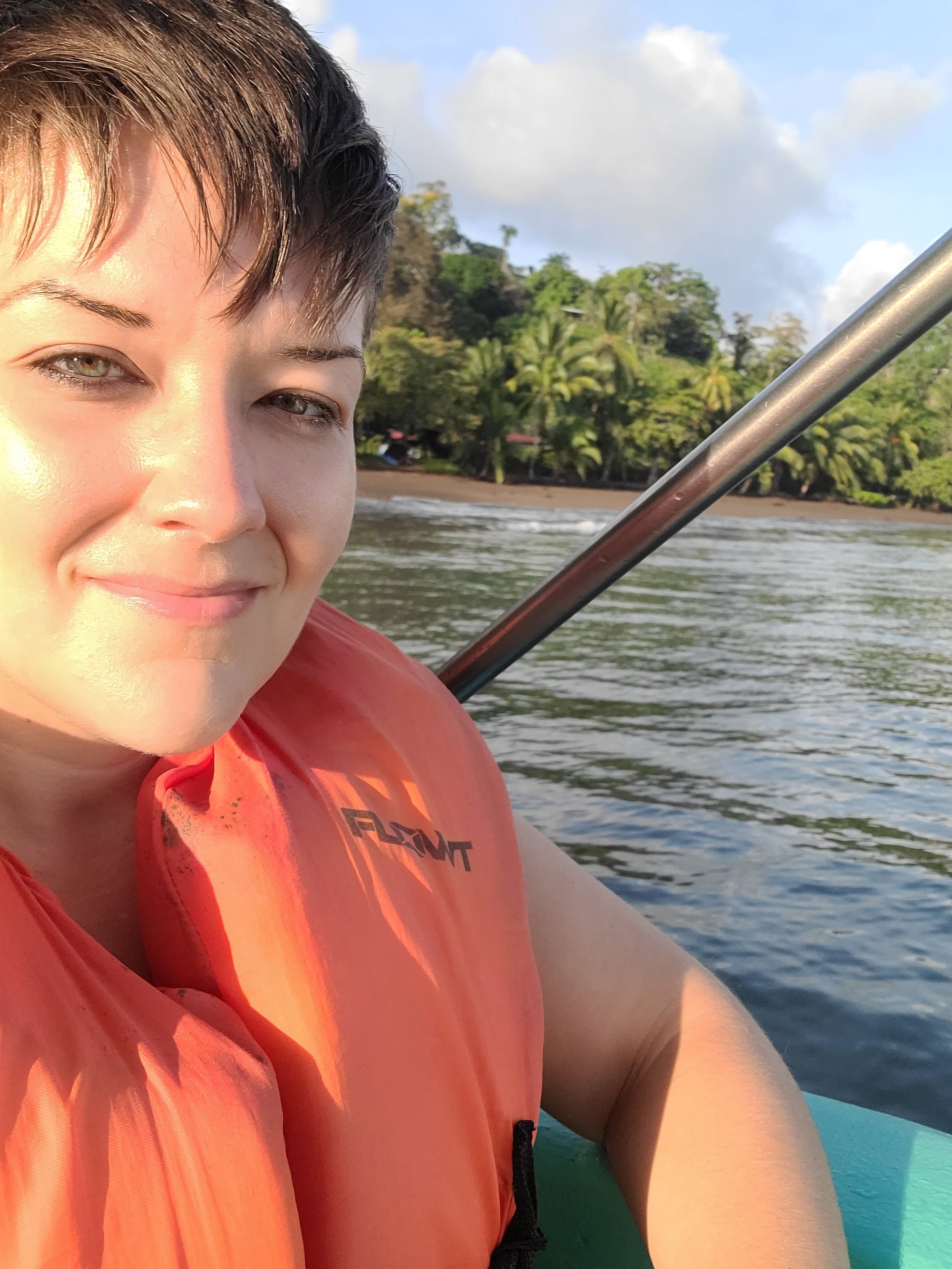
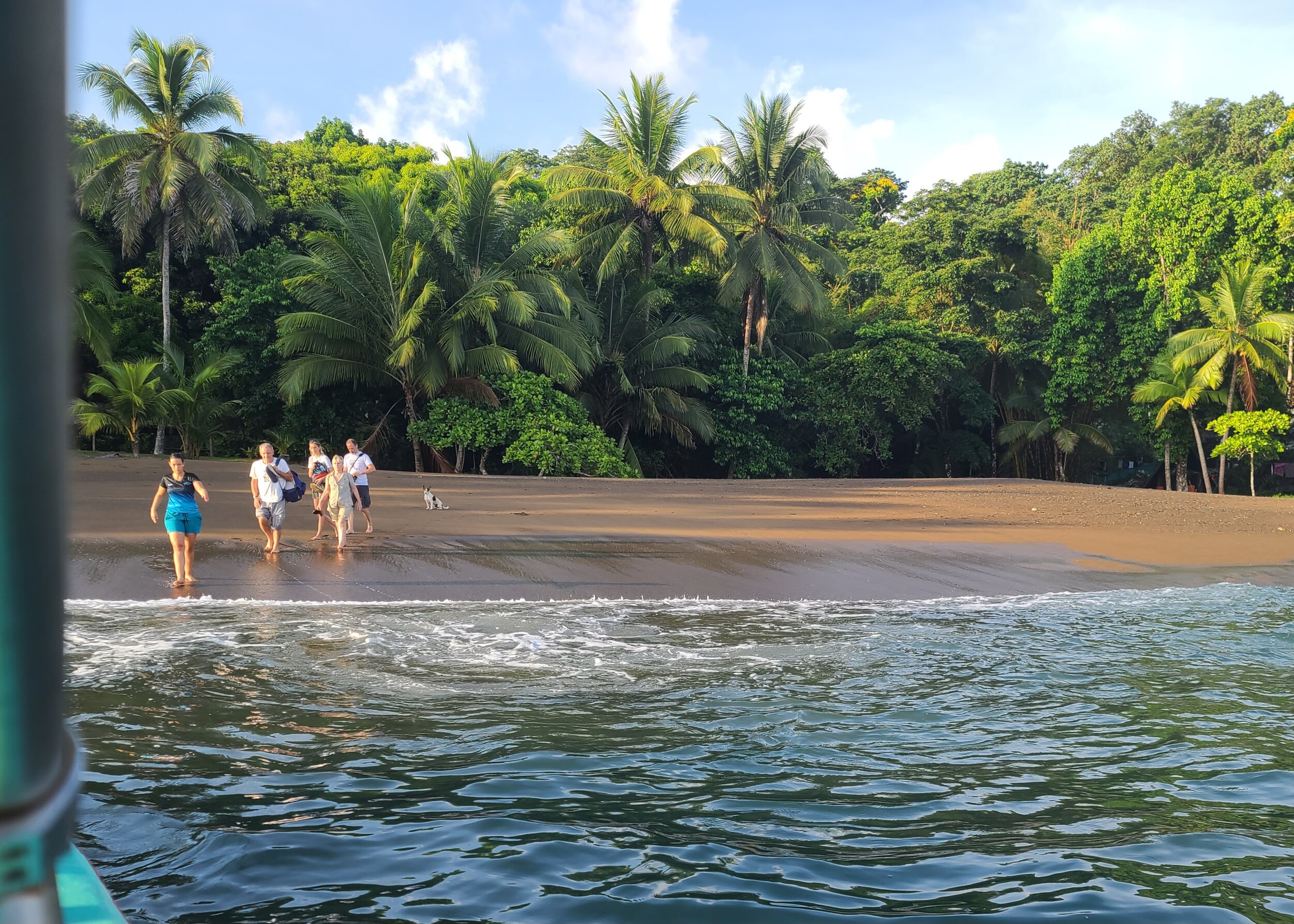
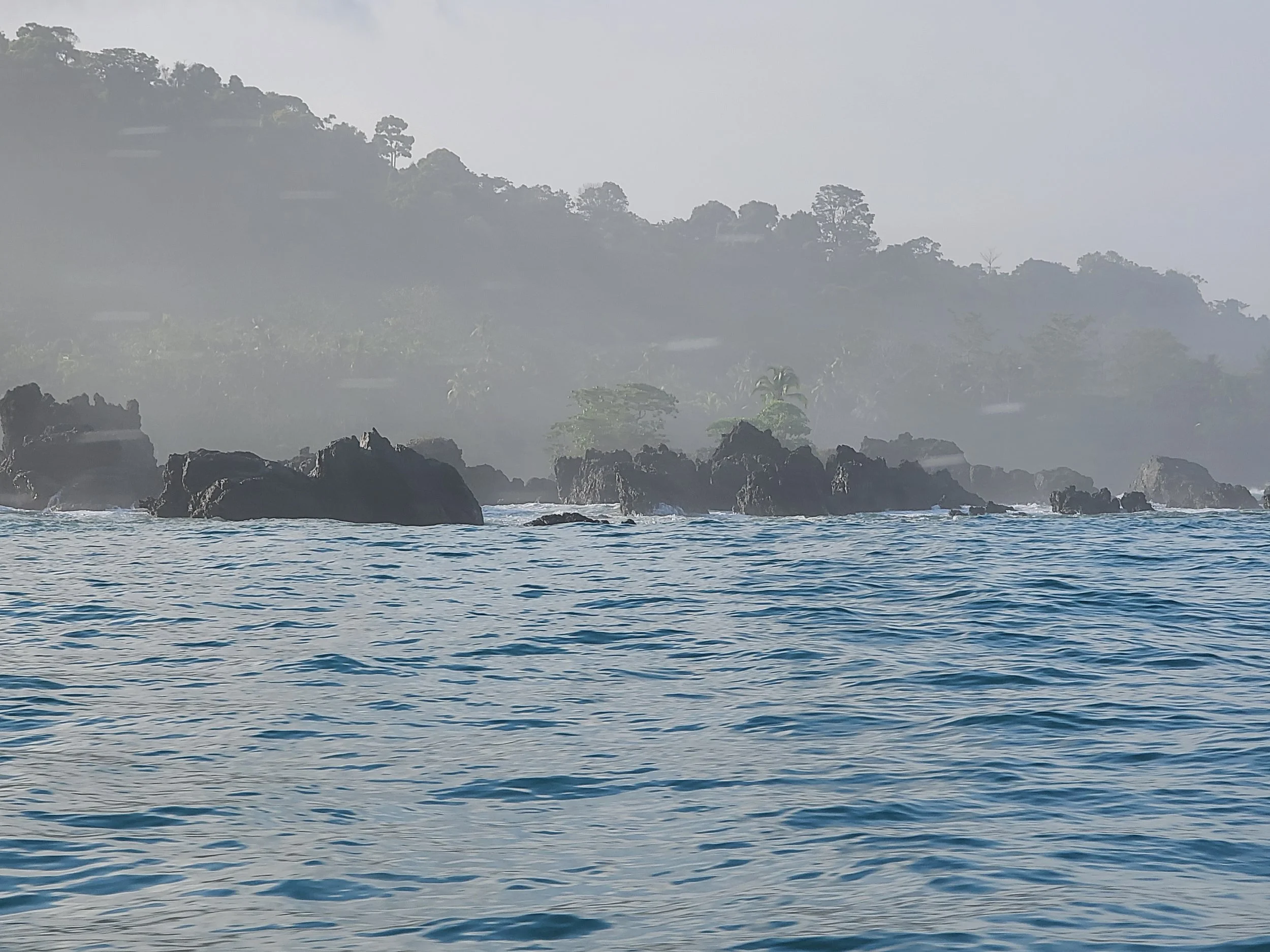

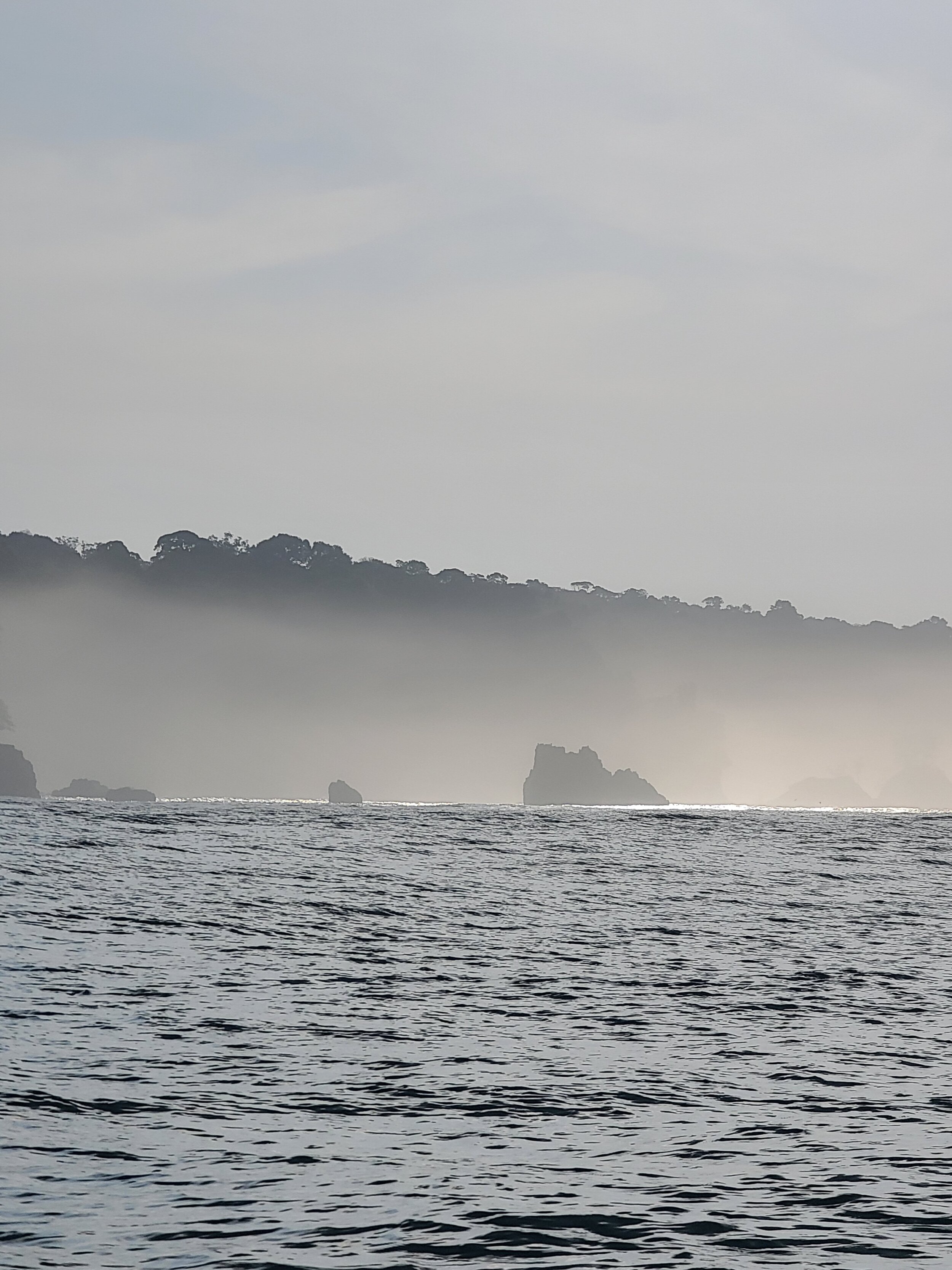
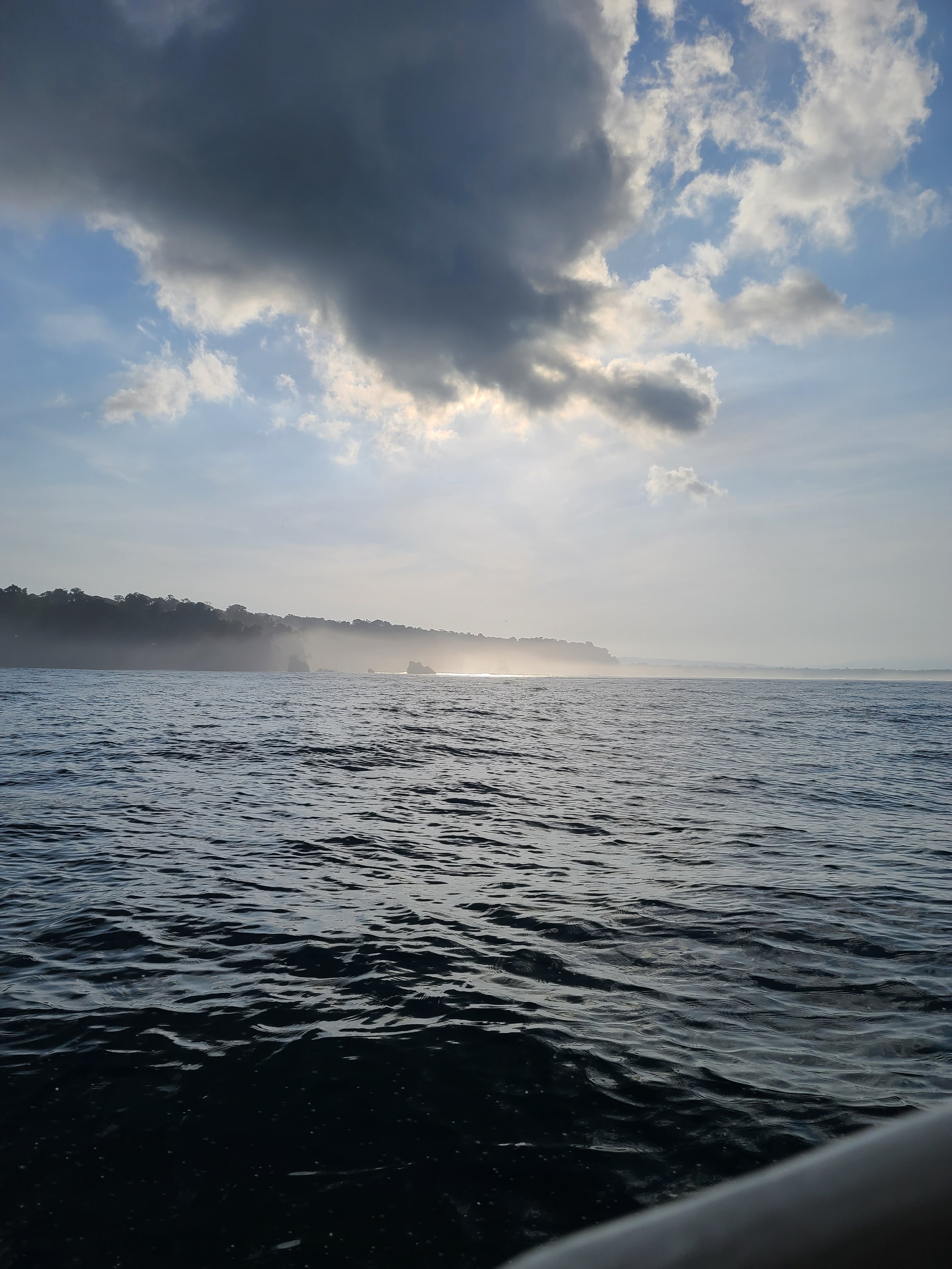
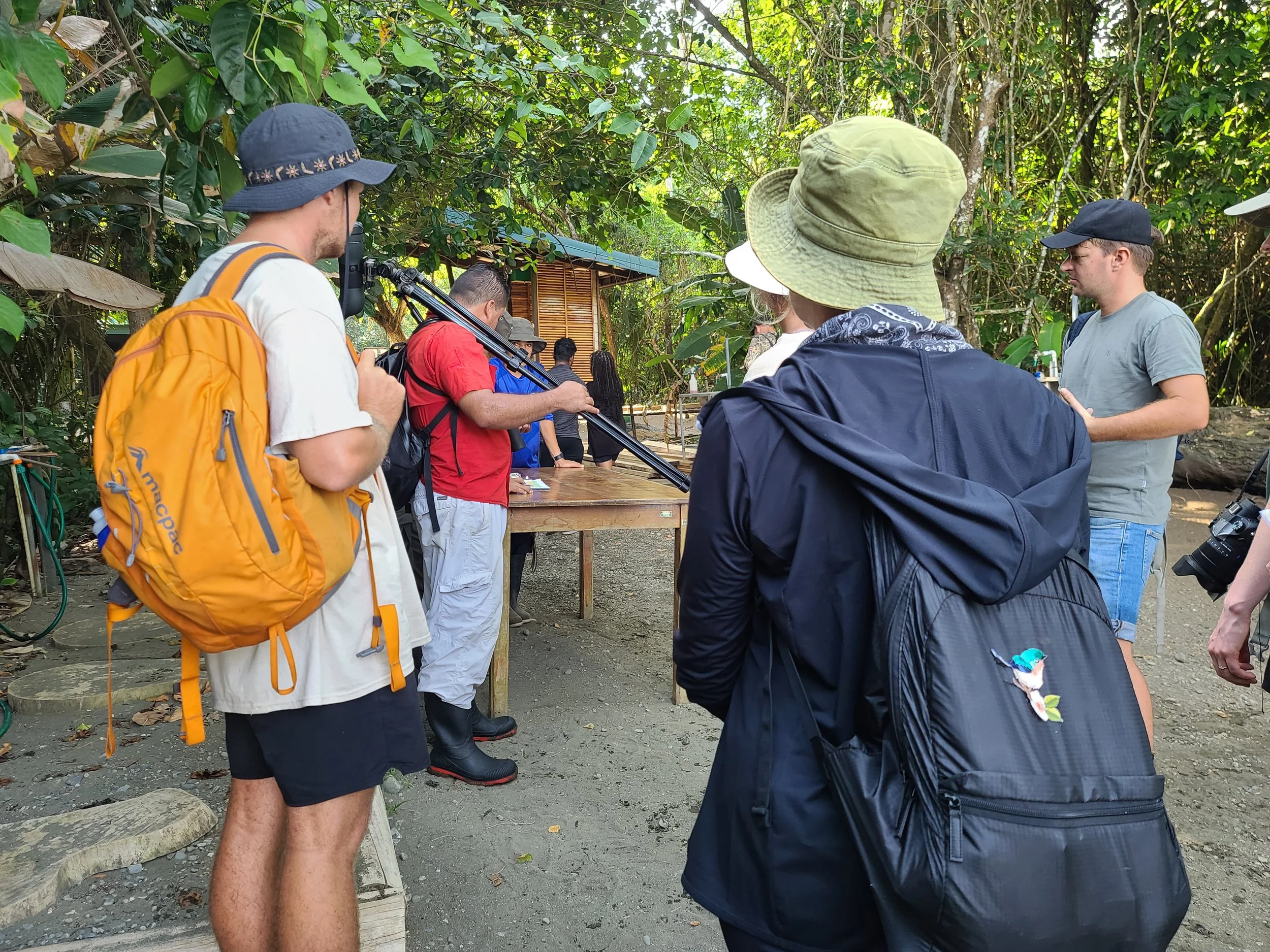
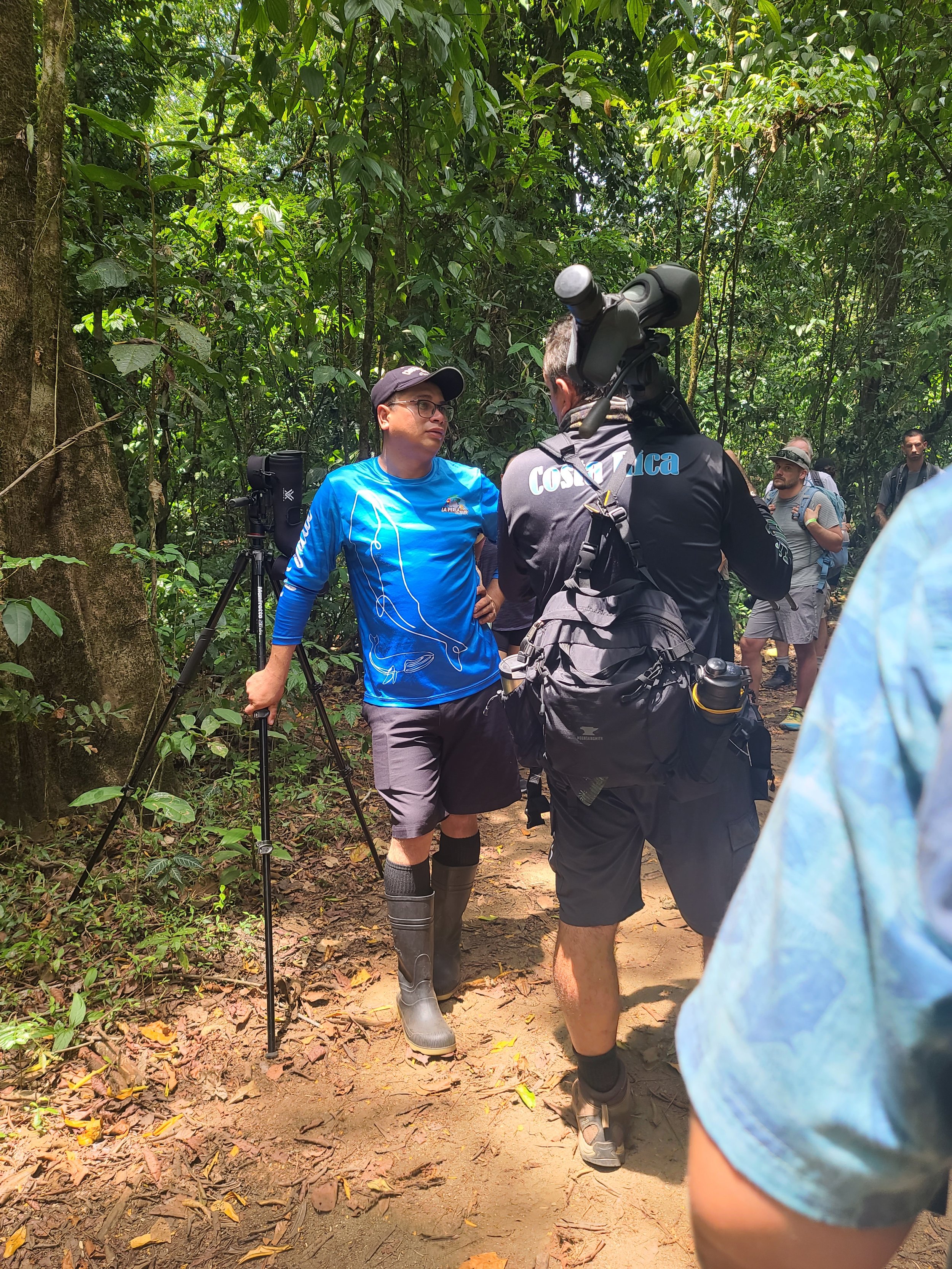
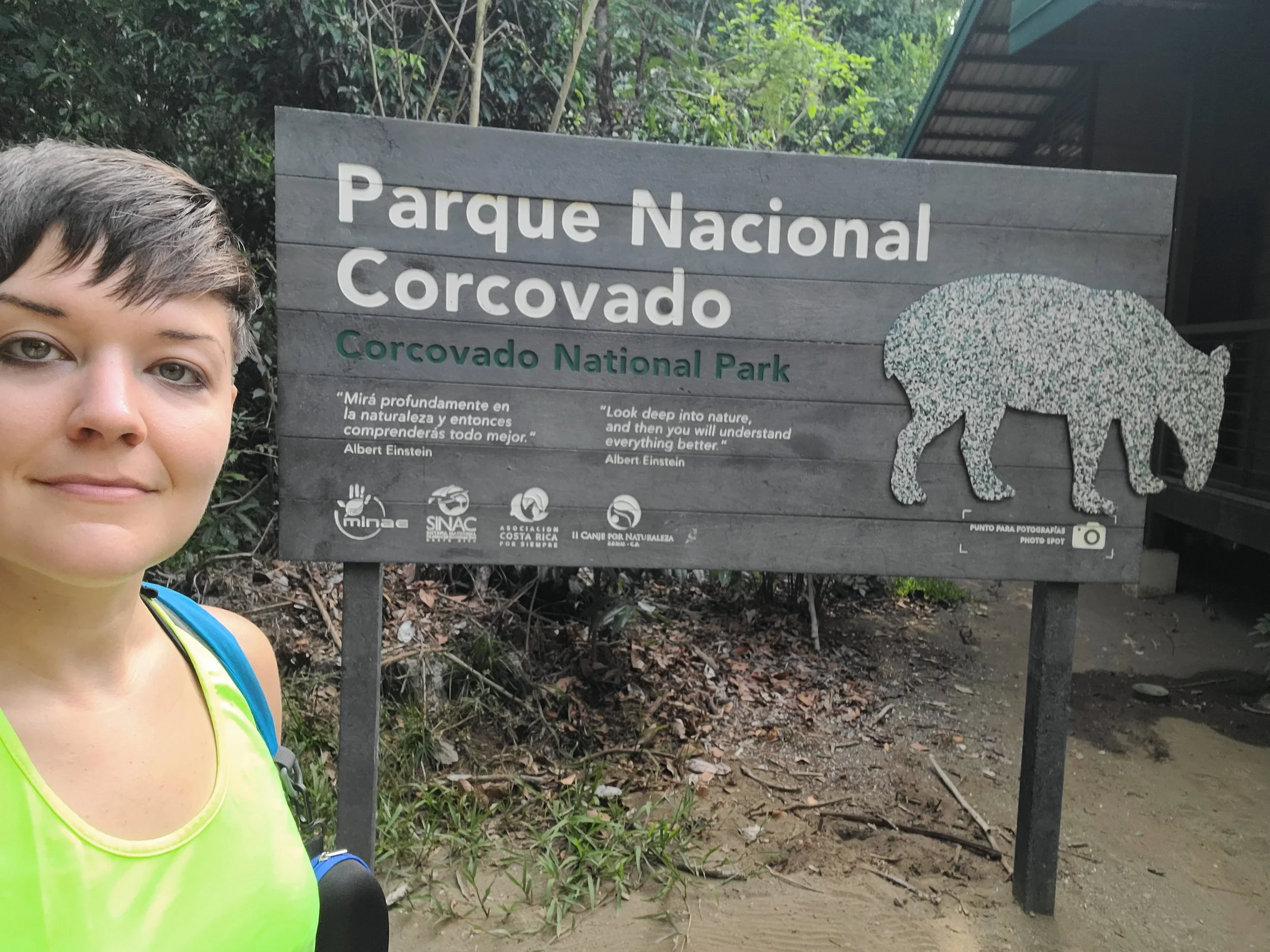

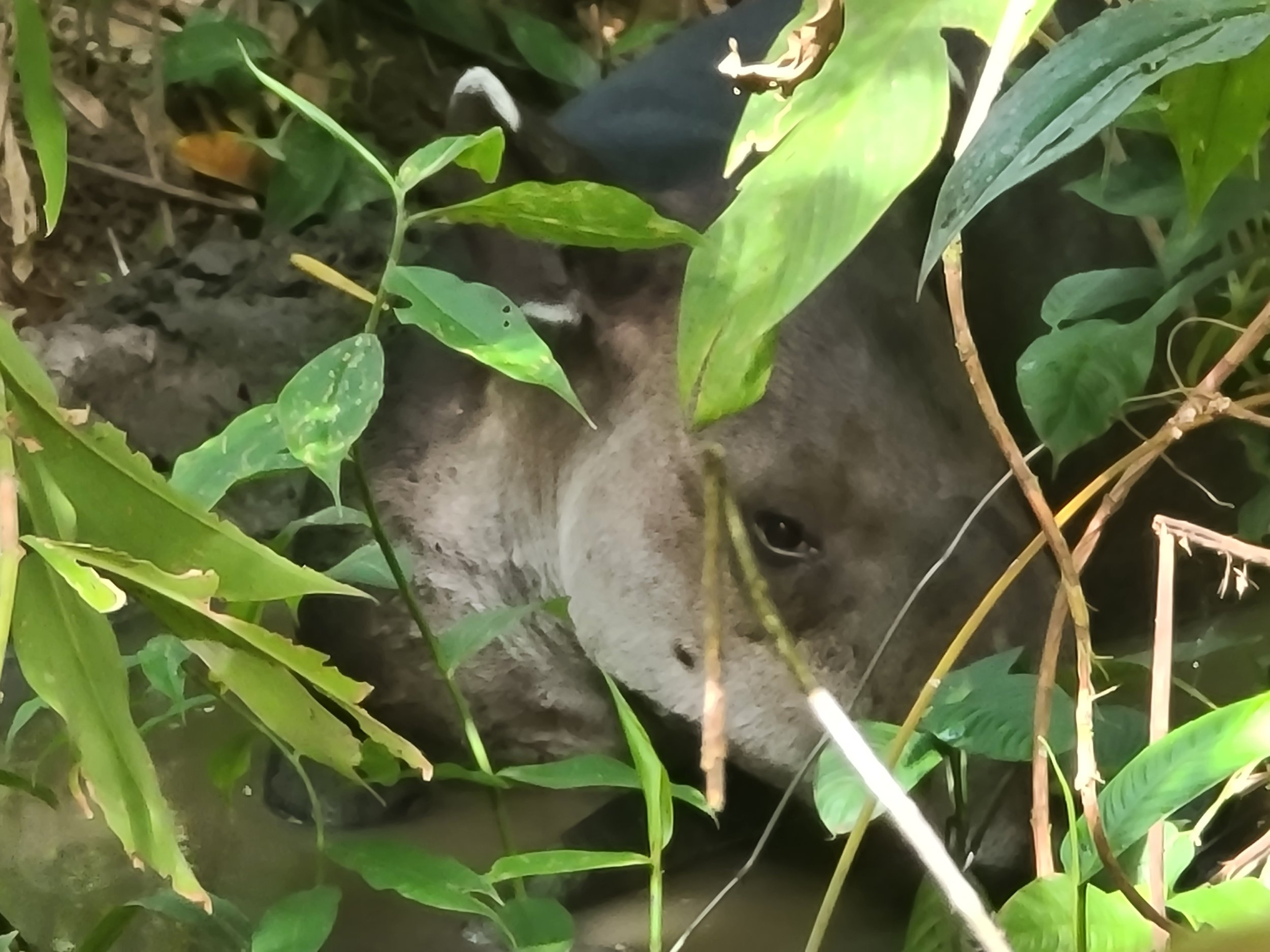
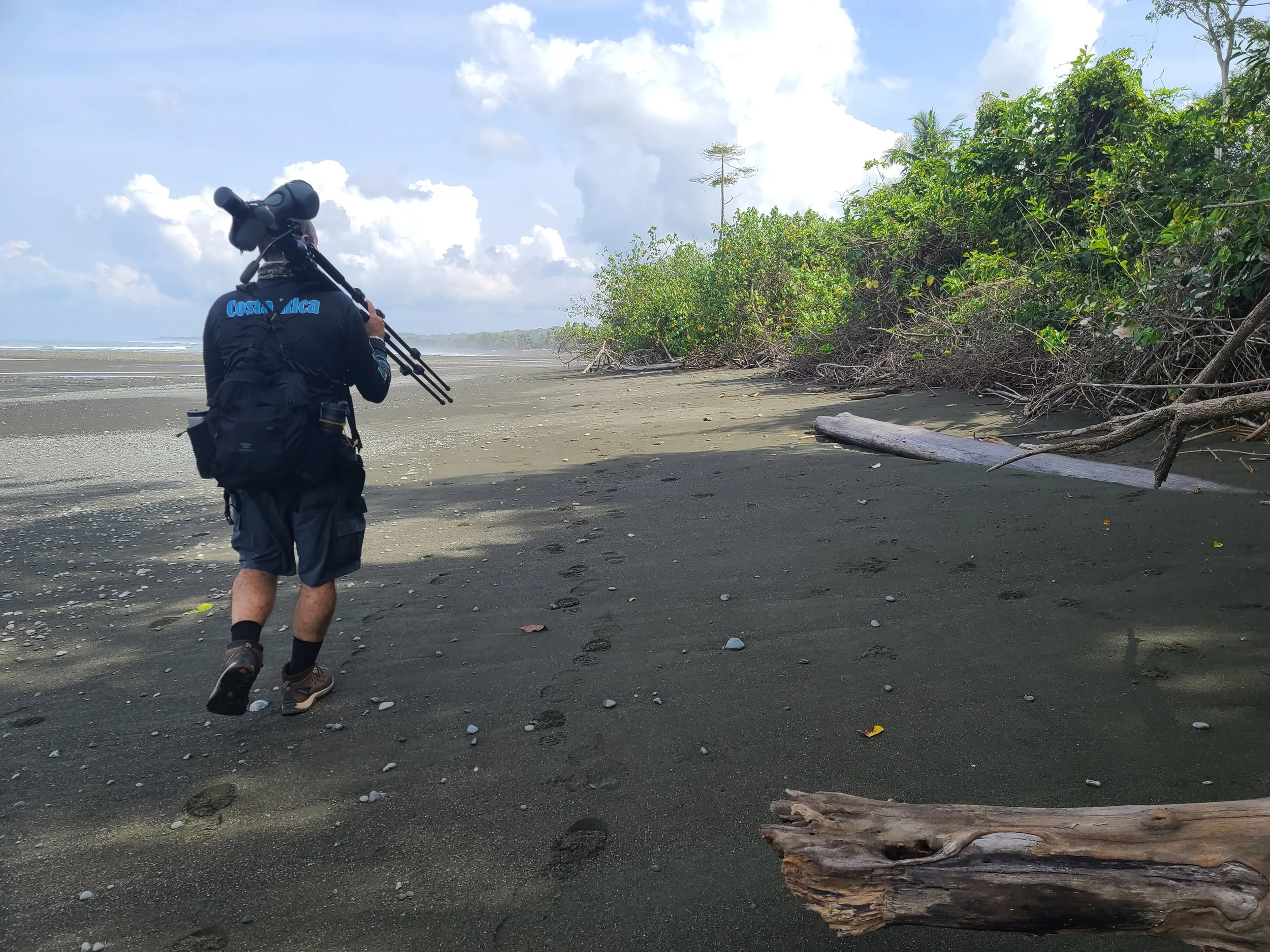
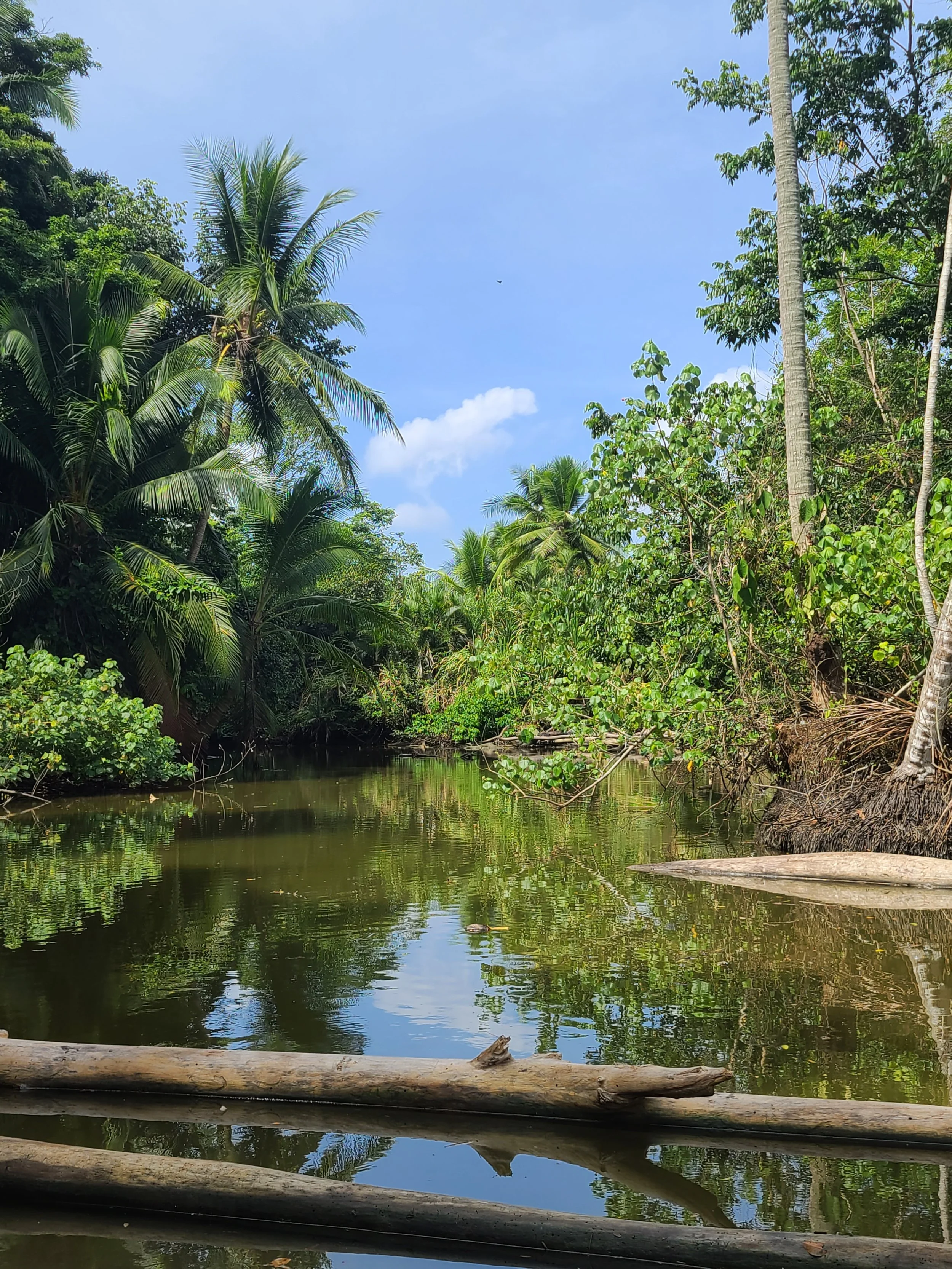
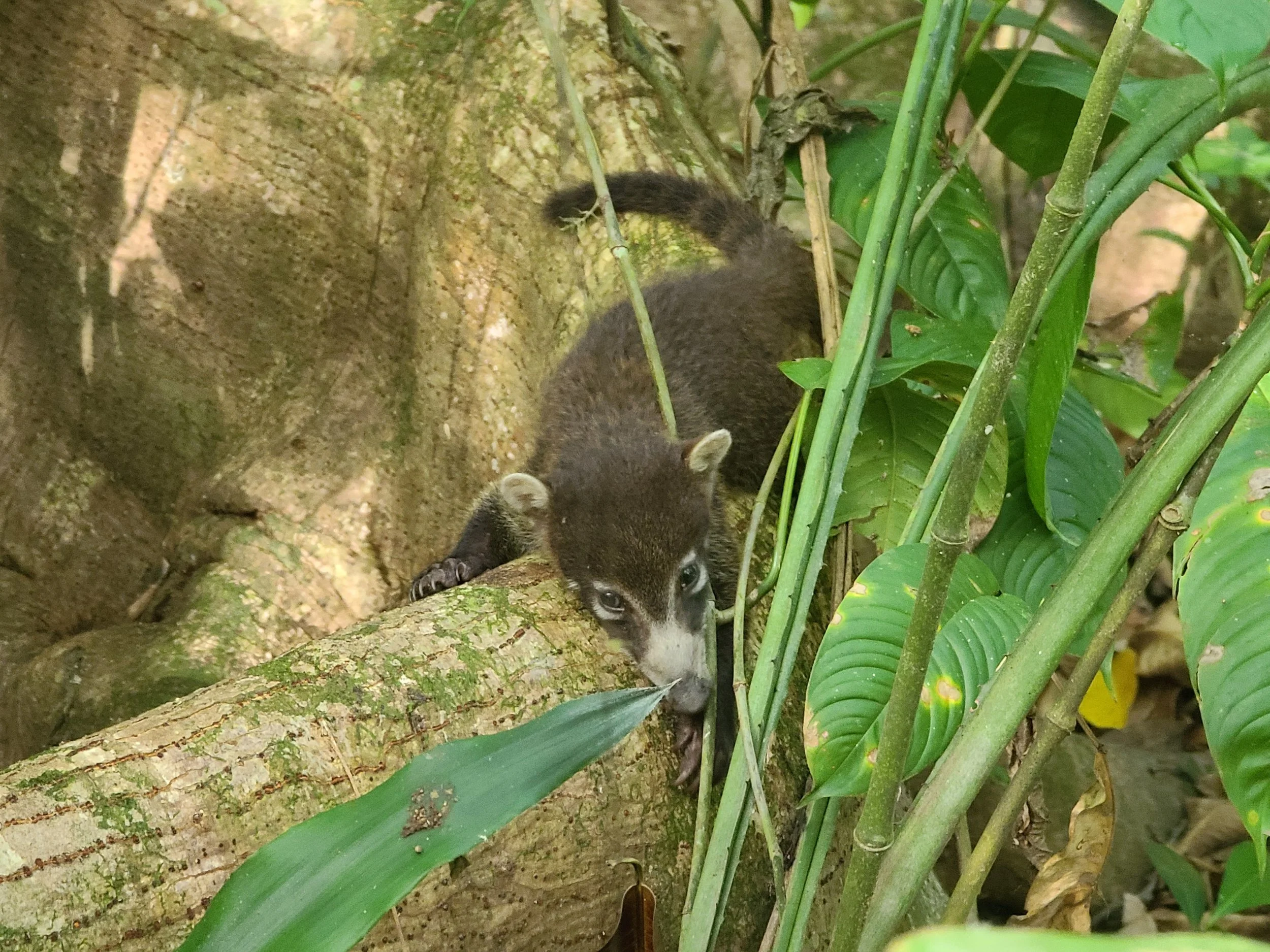

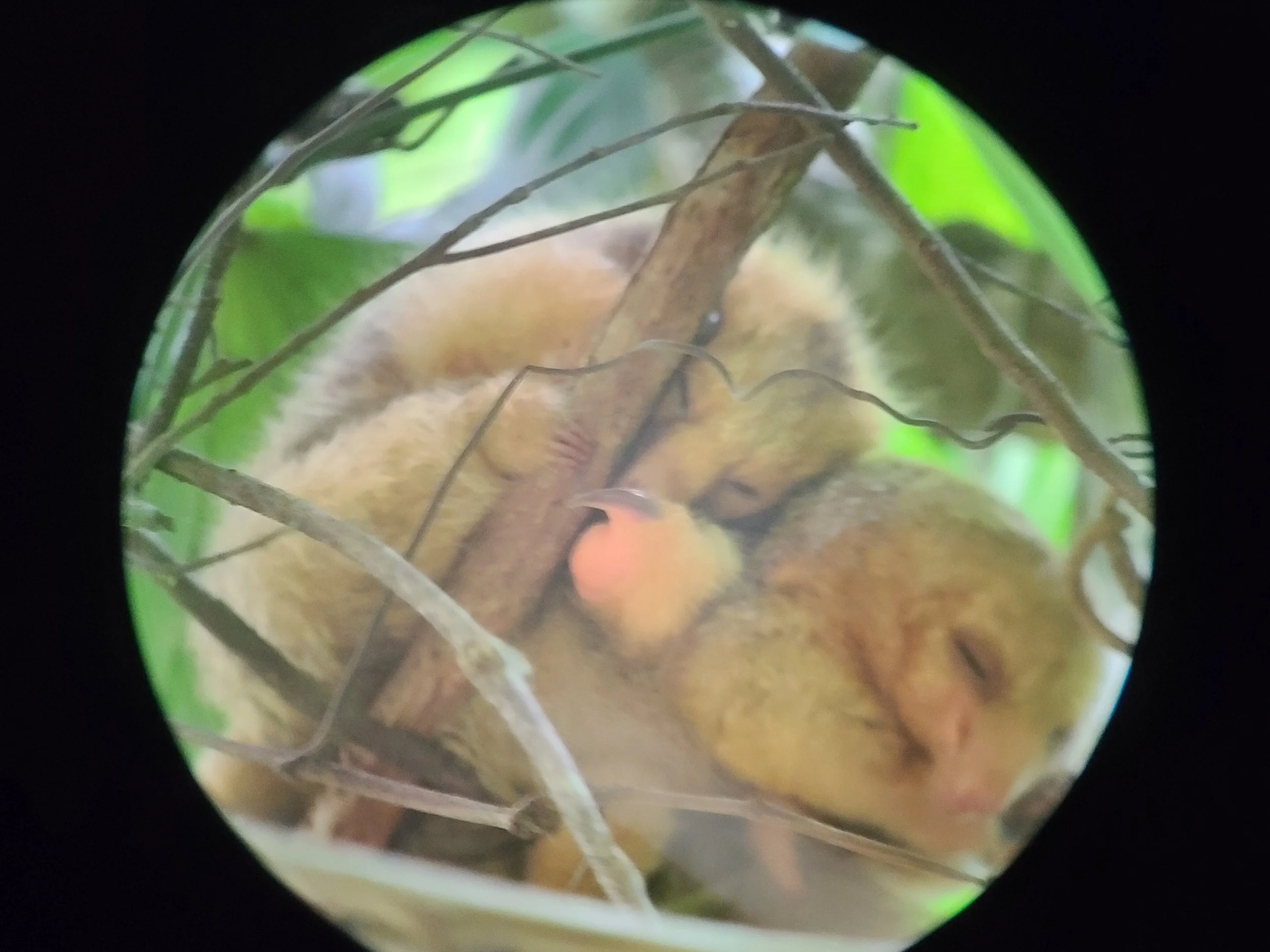
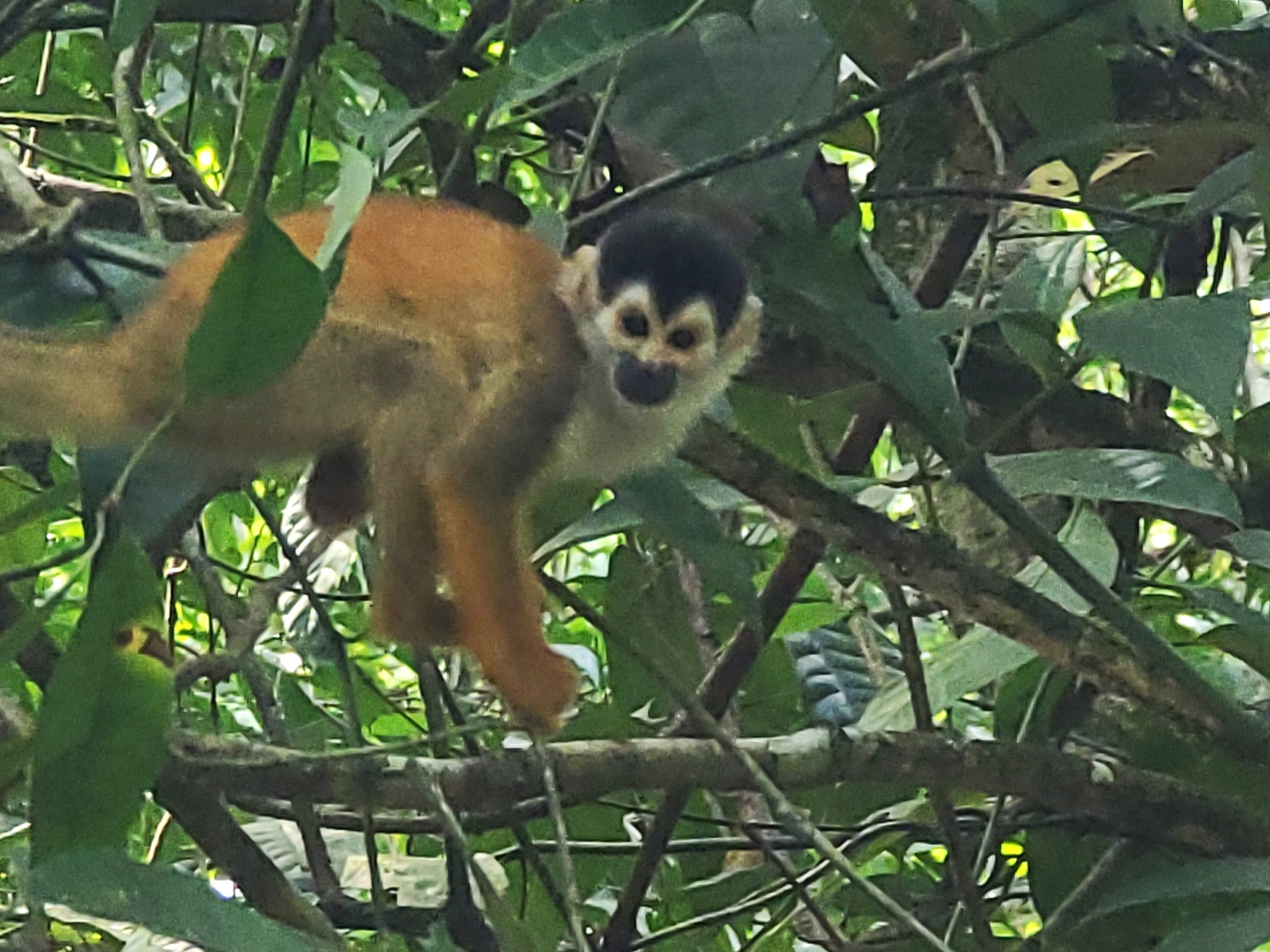

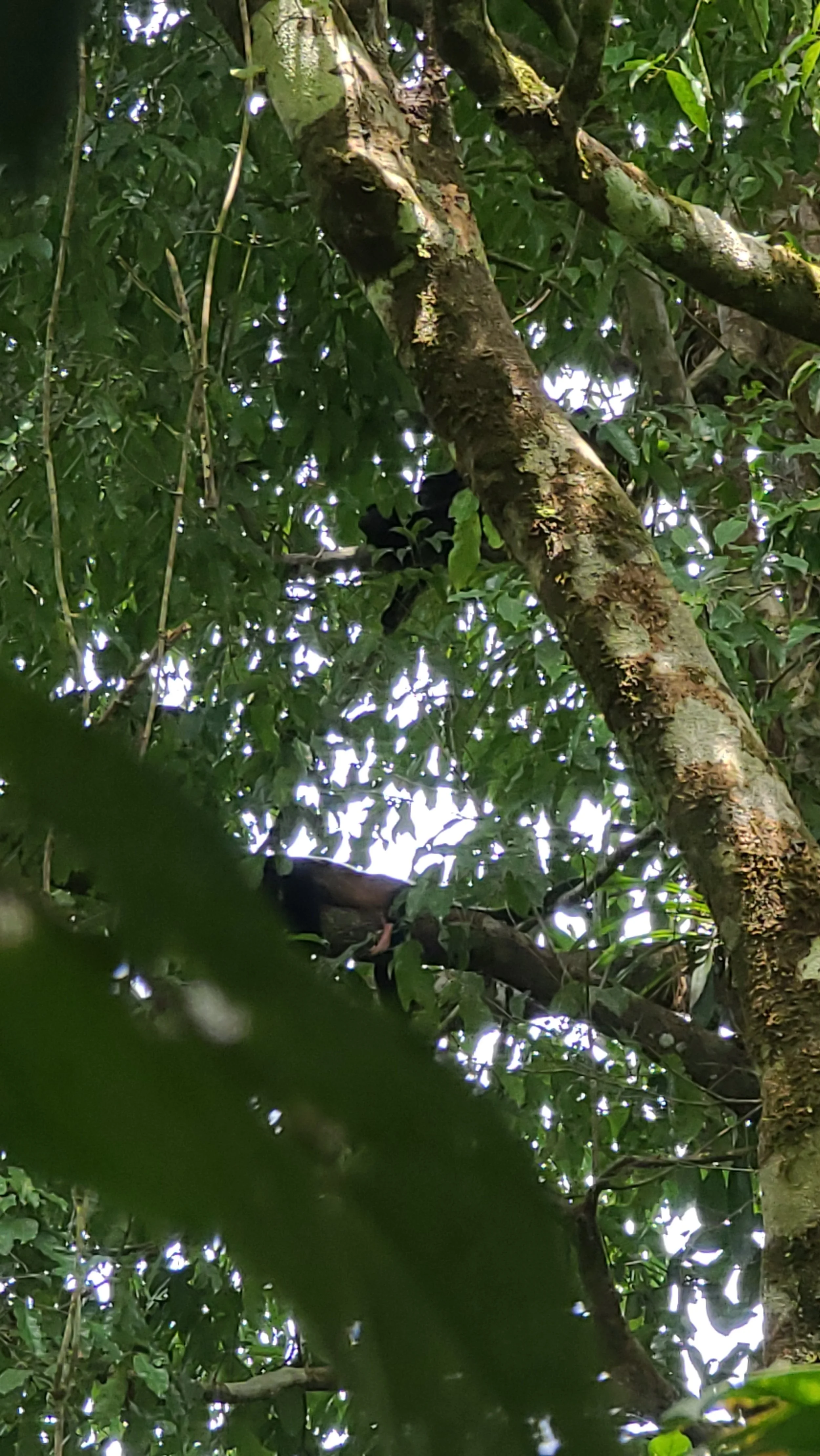


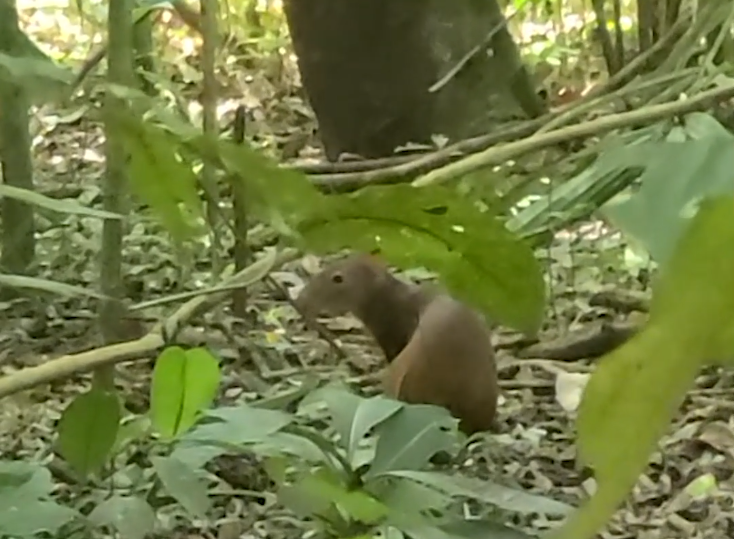



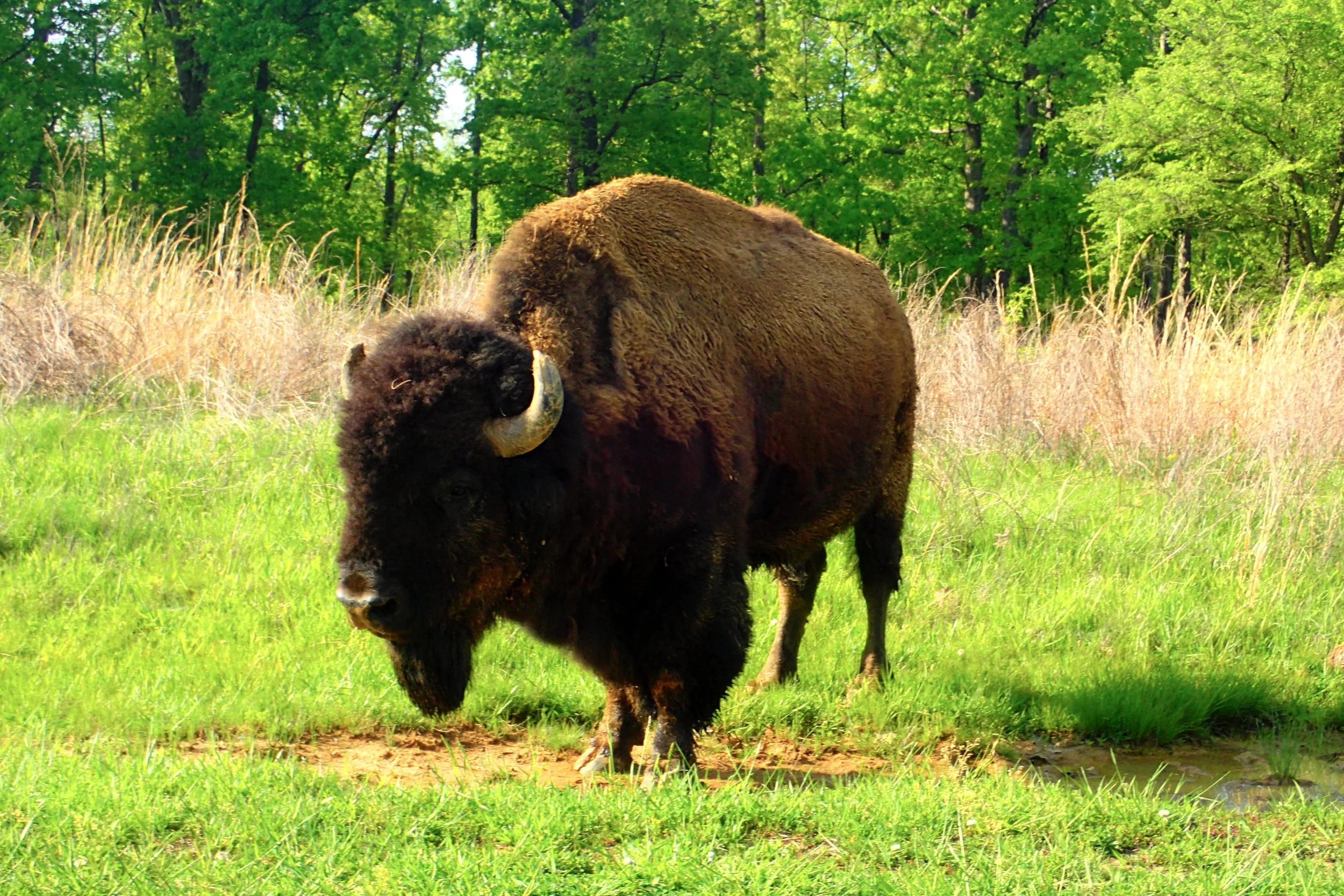
![Video Extras [Uncut] from My Icelandic Adventures](https://images.squarespace-cdn.com/content/v1/53b6ec86e4b09a1fb529c6b8/1461209434703-PUV03V33GYI7CZUHKQ2Q/P9041572.JPG)

